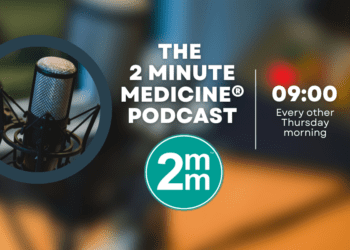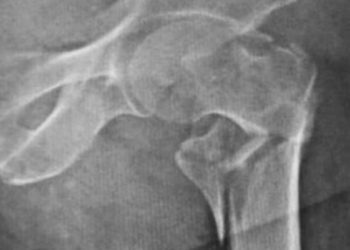Standard of practice intervention linked to reduced total and intravenous opioids for inpatients
1. A standard of practice and educational intervention aimed to reduce intravenous opioids in favor of subcutaneous route resulted in reduced frequency of intravenous opioids.
2. Following the intervention, total opioid use for inpatients was reduced without changes in patient pain scores.
Evidence Rating Level: 3 (Average)
Study Rundown: Opioid medications remain a standard of care for acute pain for hospitalized patients. Intravenous opioids have an increased frequency of side effects including hypotension, respiratory depression, and a pharmacokinetic profile that may influence addiction. The current study sought to evaluate a standard of practice intervention to reduce intravenous opioids in favor of oral and subcutaneous routes of administration. The study found that after the intervention, intravenous opioid doses and rates of use decreased for hospitalized patients. Total opioid use also decreased following the intervention without any impact on patient pain scores.
The strengths of the study included the targeting of different health care professionals and demonstrated a substantial effect from the intervention despite a modest study size. The main limitations included the single center design, lack of surgical patients, and short follow-up.
Click to read the study published in JAMA Internal Medicine
Relevant Reading: Impact of Hospital “Best Practice” Mandates on Prescription Opioid Dispensing After an Emergency Department Visit
In-Depth [prospective cohort]: This pilot study took place at a single medicine inpatient unit at an academic hospital. The study consisted of a 6 month control period and a 3 month post-intervention period. The intervention consisted of the adoption of a standard of practice for promotion of oral and subcutaneous opioids over intravenous, as well as the education of care providers on the pharmacokinetics of analgesic medications.
The study included 4500 patient-days, with 127 patients in the intervention group. During the intervention period intravenous opioid use decreased from 0.39 doses/patient day to 0.06 (p < 0.001) while parental opioids decreased by 55% (0.18 vs 0.39 doses per patient-day, p < 0.001). Use of oral and parental opioids combines decreased from 0.73 vs 0.95 doses per patient-day (p = 0.02). There was no significant difference in patient pain scores following the intervention.
Image: PD
©2018 2 Minute Medicine, Inc. All rights reserved. No works may be reproduced without expressed written consent from 2 Minute Medicine, Inc. Inquire about licensing here. No article should be construed as medical advice and is not intended as such by the authors or by 2 Minute Medicine, Inc.







